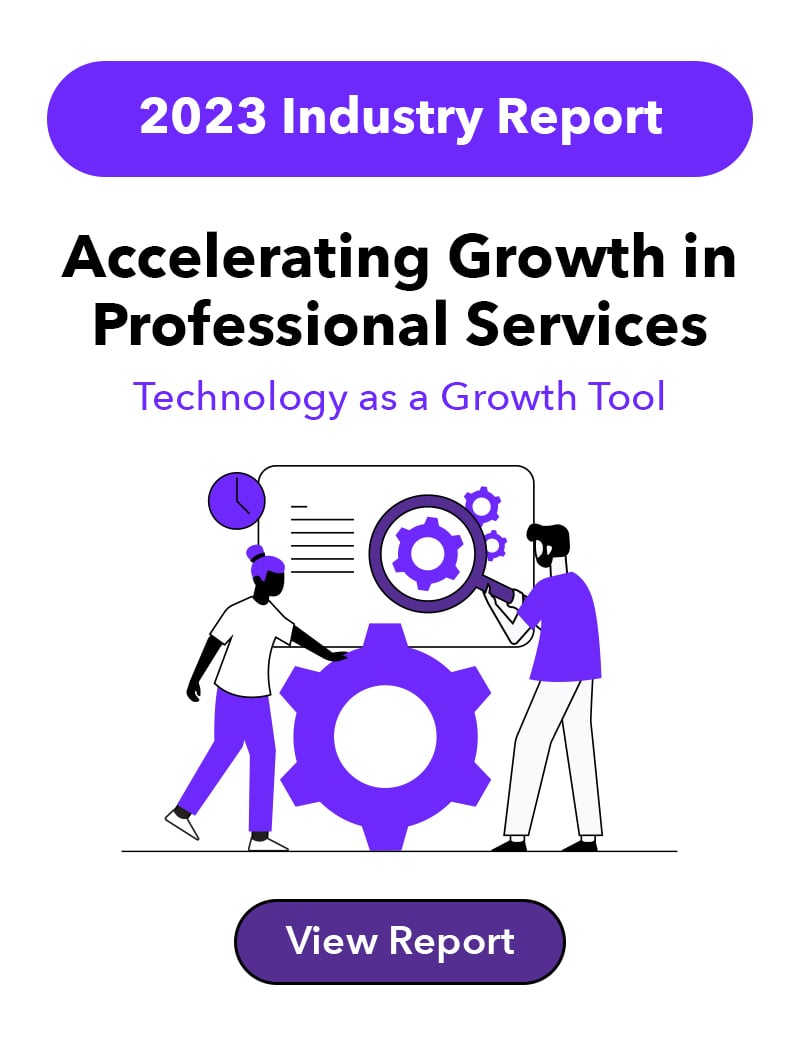Data enablement is the secret behind how firms do their best business. Data is king, and data enablement strategies take your valuable data and make it actionable, accessible and flexible.
A quick recap on what data enablement means: this data discipline is about making sure that every person in your organization has easy access to the data they need. And this data is organized in a way that makes it simple and efficient to put into action. In short, data enablement makes your data work for you to help you build better, stronger businesses.
But implementing successful data enablement strategies can come with its own set of problems, like lack of communication between teams, awareness around tools, incentive and cultural considerations surrounding data.
Below are three of the best strategies that can help make establishing data enablement programs easier.
Train Your Entire Team
According to the Bureau of Labor Statistics, the median age for professional occupations is 42.6. This means the workforce at your firm likely reflects several generations from Gen Z to Baby Boomers. That being said, many of your employees will have a wide range of experience and knowledge around data and technology. Investing time and money in training will help you get the most out of your data enablement tools.
- Level out any knowledge gaps. The first step is to assess what everyone knows, and fill in the gaps about your new data enablement tools. Take the time to train each team on how to use the tools and how they will fit into the organization as a whole.
- Be patient with training. Everyone learns at different rates. Don’t assume all your employees will automatically grasp every aspect of your new data enablement tool. Provide checkpoints along the way to test your employees’ understanding.
- Keep training ongoing. Training shouldn’t just happen once. After the initial training, make the assets and recordings available to reference later on when employees need a refresher. And offer ongoing, iterative training to make sure your new data enablement strategies stick.
- Choose champions to train others. Some of your employees might adapt more quickly to your data enablement strategies than others. Leverage the knowledge of those power users to share best practices with the rest of the team. Encourage asking of questions and sharing of knowledge to help everyone use the tool more effectively.
Promote a Strong Data Culture
Understanding how your new data enablement tool works is only one part of the equation. The “why” is the second – that’s where a strong data culture comes in.
- Lead by example. According to Harvard Business Review, a data driven culture starts from the top down, with management expecting decisions that are anchored in data. Take every opportunity to put your data on display by showing your team how you’re putting it into action. Encourage teams to share data and collaborate across departments.
- Motivate with measurements. Showing exactly how your data is being used and the outcomes associated with it, is invaluable to team members and your company.Incentivize teams by rewarding and highlighting those who uncover new data uses and solutions.
Part of creating a data culture is giving data and data action points a seat at the table in every discussion. A huge reason for having a strong data culture is to solve problems. Make data relevant to every single person, even those who would have previously thought managing or making data actionable wasn’t relevant to their role.
Use the Right Tools
Implementing new data enablement strategies is much easier when you choose the best tools on the market.
But the market is flooded with data enablement tools so it can be difficult to decide which is best for your firm.
Here’s what you should look for:
- User-friendliness. When a tool is easy and intuitive to use, your team is much more likely to adopt it. The shorter the learning curve, the better odds are that your team will become savvy and consistent users. Pitchly’s user-friendly database service allows firms to record proprietary experience information to win more clients.
- Automation. Automation provides the bulk of productivity improvement. The tools you select should be able to automate tedious and repetitive tasks to free up your team members for more important work. This automation could be entering data in one place and having it update everywhere, automatic notifications when certain goals are achieved, or auto-populating content with templates. Pitchly’s database enablement platform automates marketing tasks like creating pitches, proposals and tombstones, saving hours of tedious work
- Flexibility and customization. Since the goal of data enablement is to get the right data to the right people at the right time, your tool should be able to deliver an experience based on the key attributes of the user. Each user should have access to exactly the data they are meant to see at that moment. And most importantly, they will always have access to the most up-to-date information at that moment. Pitchly allows users to set up admin access, so your data remains secure and high-quality.
Download our full eBook, Data Enablement 101, to learn more about how to put your data to work and why it matters.
 Jun 28, 2022
Jun 28, 2022




